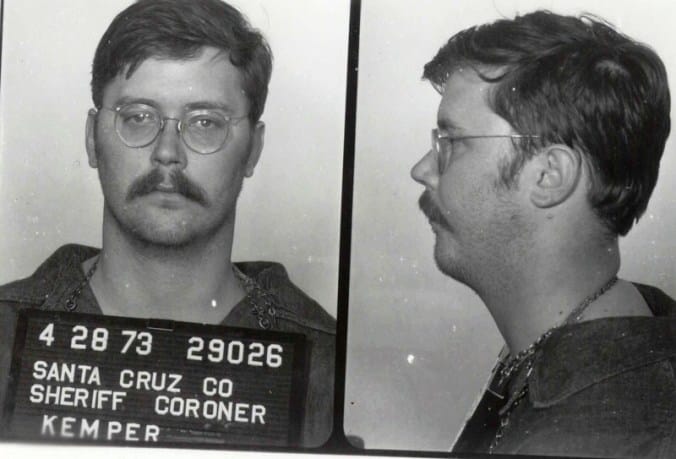Edmund Kemper is a Californian serial killer who brutally murdered ten people in Santa Cruz between 1964 and 1973. His monicker as the “co-ed killer” came from the fact that his victims were mostly college-age women hitchhikers – though he also killed his grandparents almost a decade earlier.
Kemper mostly flew under the radar of the American conscience, except for some true-crime fanatics. The Netflix series “Mindhunter” introduced a new generation to this terrifying man via the uncanny performance of Cameron Britton.
The following facts show exactly why decades after the crimes, we’re still terrified of the man.
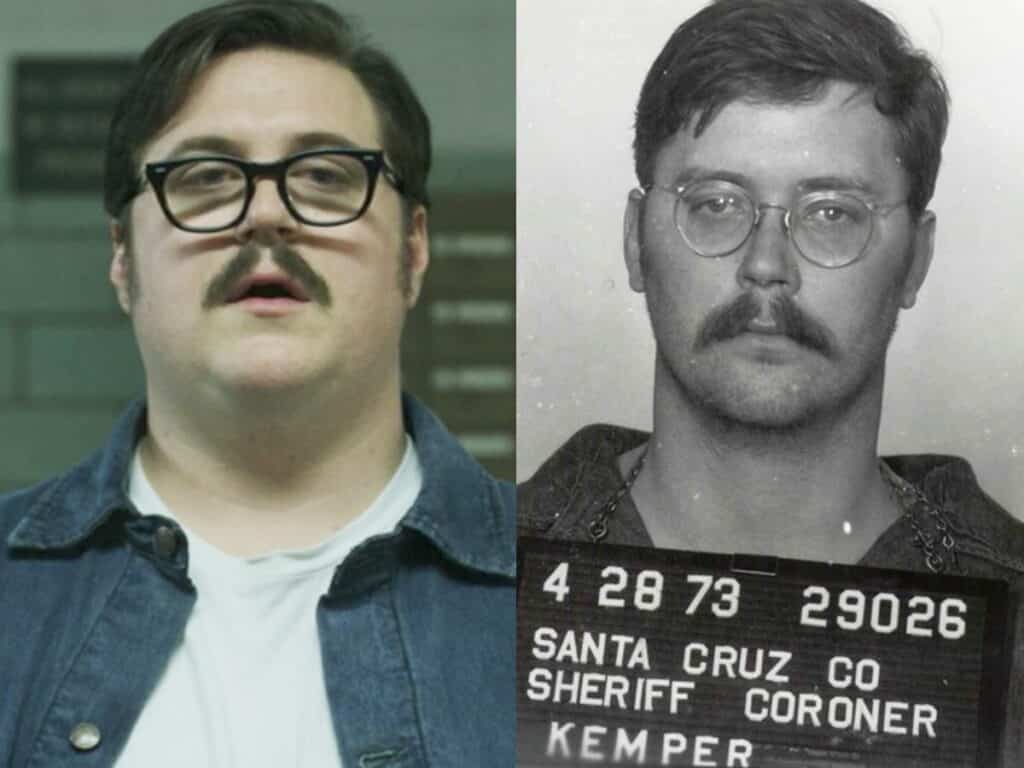
1. He Showed Signs as a Child

Unsurprisingly, Edmund Kemper had an unhealthy fascination with death, even as a child. He invented a game he called “gas chamber” as a child that he’d play with his sister. Kemper would play the role of a death row inmate, while his sister was the executioner. The game would end with Kemper pretending to die via electrocution brutally. Even more alarming was Kemper’s relationship with animals. He was known to torture and brutally kill animals. At one point, he buried his family cat alive, dug it up, and placed its severed head on a stick.
Mutilating animals is often a sign of budding serial killers. It’s an early form of ‘victim selection’ and allows them to release pent up homicidal tension on a vulnerable creature. Taking a life also starts the long process of escalation most serial killers go through before taking a human life.
Tragically, Kemper sought help from a school counselor multiple times. He described the experience as very routine, with the counselors treating his issues like everyday high school problems.
2. His Mother Locked Him in a Basement
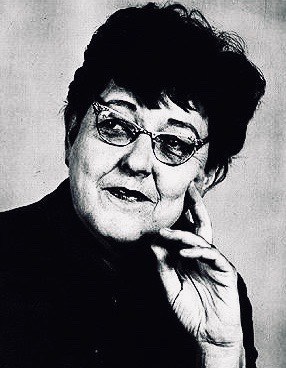
Ed Kemper’s relationship with his mother was explosive. Clarnell Kemper would verbally and physically abuse him. Kemper’s parents divorced, and his dad lived in Montana, leaving Kemper stuck with his mother. He was jealous of his two sisters, who his mother preferred. As he got older, his massive size became an issue for his mother. She began locking him in the basement. Kemper described sleeping in the dark basement as traumatizing, even hinting that this experience was a significant factor in his later murders.
3. He Killed His Grandparents Out of Boredom
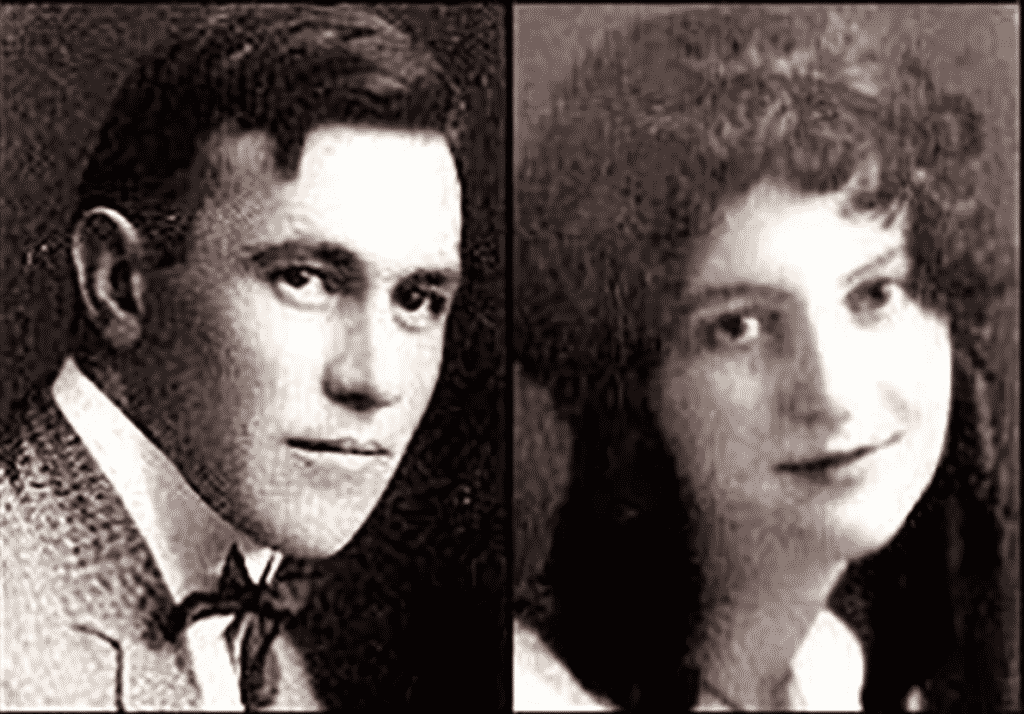
When he was 15-years-old, Kemper attempted to run away and find his father. After being rejected by his father, and his mother not wanting to take him back in, he lived on his grandparents’ farm in the mountains of California. According to Kemper, his grandfather was senile, and his grandmother was supposedly abusive. The lack of stimulation in an isolated environment weighted heavily on Kemper. At a certain point, Kemper couldn’t take it anymore. In August 1964, Kemper found a hunting rifle and killed his grandmother in the kitchen. When his grandfather got home, he shot him as well. When asked by the police, he simply said, “I just wanted to see how it felt to shoot Grandma.”
4. Kemper spent time in a mental hospital
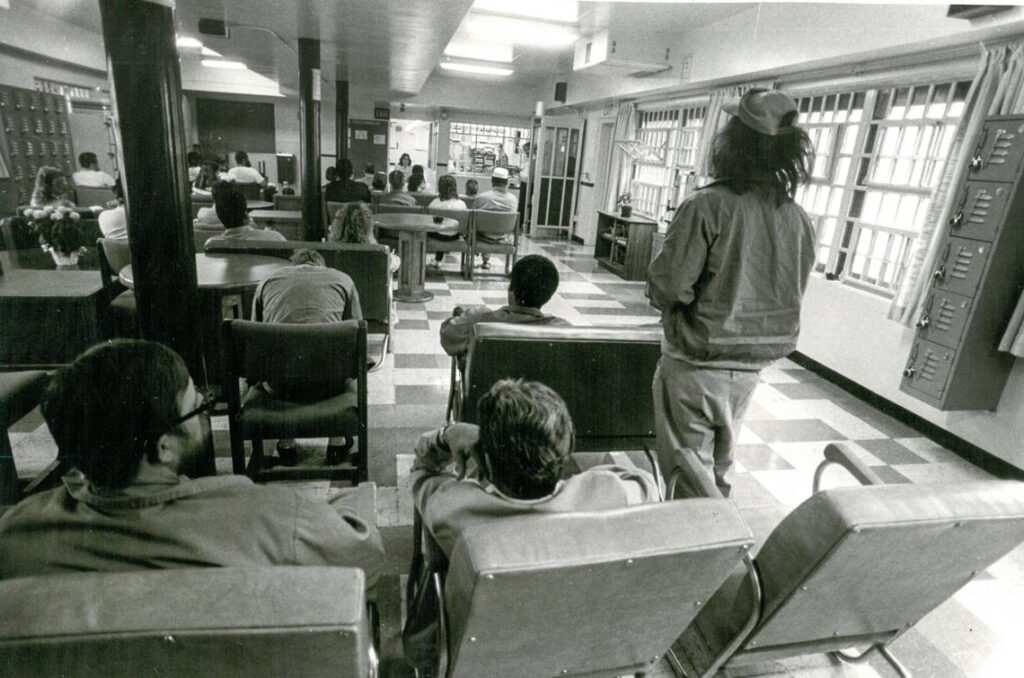
After the murder of his grandparents, psychiatrists evaluated and diagnosed the 15-year-old kemper with paranoid schizophrenia. If you’re unfamiliar, paranoid schizophrenia can cause you to have hallucinations and delusions. The vast majority of people diagnosed are non-violent, with a few notable exceptions. The state sent him to Atascadero State Hospital. Other notable people like Zodiac killer suspect Arthur Leigh Allen, mass murderer Edward Charles, and Tool Box Killer Roy Norris also spent time there. On his 21st birthday, the hospital released him, and Kemper never sought treatment for his paranoid schizophrenia ever again.
5. Kemper was a natural born killer
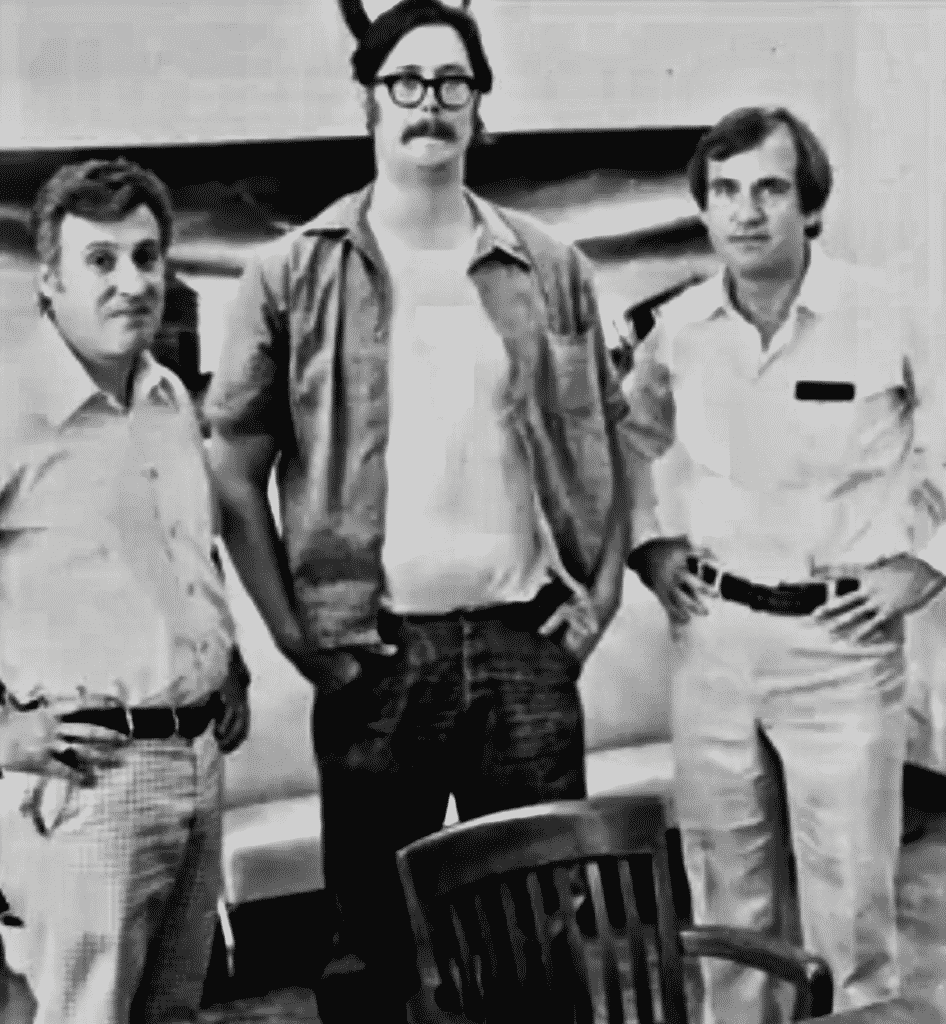
Edmund Kemper was a large man – coming in at 6ft 9″ and 250 pounds, there are few people who could physically match him. On top of that, he had an IQ of 145, making him very intelligent. These two factors combined made him what many investigators called a “natural born killer.” This intelligence was also one of the few reasons he could get out of Atascadero State Hospital. His pleasant demeanor and high IQ allowed him to access the assessment devices. By memorizing the responses, he convinced evaluators that he was no longer a threat and secured his release.
6. A few cunning tricks made people trust him
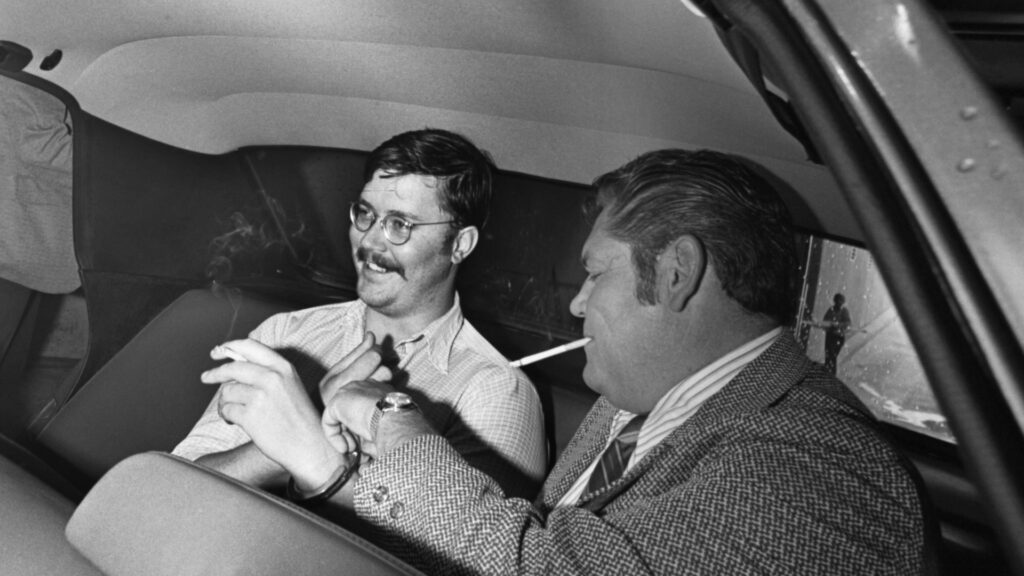
Immediately after his release, Kemper applied to be a state trooper. Oddly enough, the state troopers rejected him for his height, not the fact that he brutally murdered his grandparents. Now aimless, he turned his attention to the many female hitchhikers in the Santa Cruz area.
Months after being released, Kemper murdered 18-year-old college students Mary Anne Pesce and Anita Mary Luchessa. He drove then into an isolated area, then stabbed and strangled them. Later that year, Kemper told 15-year-old Aiko Koo he would drive her to a dance class. Instead, he threatened her with a gun and took her to an isolated location. Kemper accidentally locked her and his keys in the car, but could somehow talk her into letting him back in. Tragically, he strangled her death.
His fourth victim was 18-year-old Cynthia Ann Schall, who he shot to death in a secluded area. His final hitchhiker victims were Alice Helen Lie and Rosalind Heather Thorpe, who he shot in a remote location. Kemper was bold enough to drive their bodies through a security gate with blankets draped over them. He told the guard that they had drank too much.
Because of his height, people were naturally wary of him, which raises a question about how he could get them into his car. One approach was to pretend he was in a hurry. He’d check and tap on his watch, which gave people the impression that he wouldn’t have the time to hurt him.
Another bonus was that Kemper’s mother worked at UC Santa Cruz. Co-eds viewed him as a possible fellow student or school employee, making him trustworthy, even though they knew a serial killer out there.
7. He dismembred his victims and was a necrophiliac
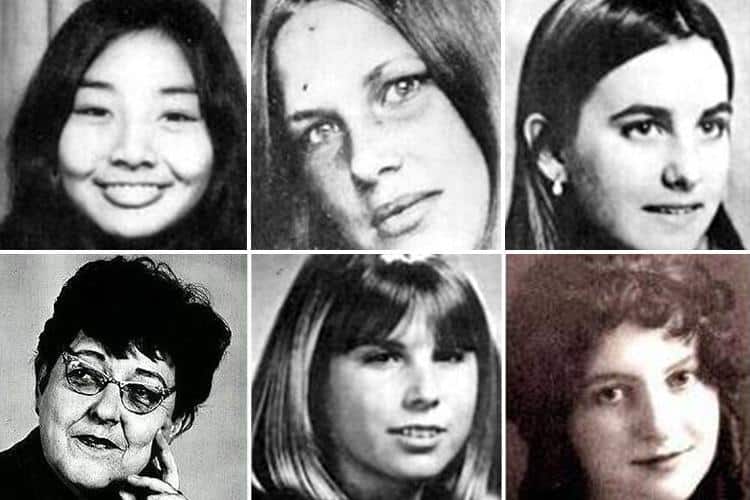
Kemper’s postmortem rituals were disgusting. His targets tended to remind him of his mother and triggered a deep hatred of women in general. In an interview, he said, “There’s a lot that leads into that happening, but that’s what happened. They represented not what my mother was, but what she liked, what she coveted, what was important to her, and I was destroying it.”
After the murder, he would typically take the bodies home, decapitate, and dismember the corpses, sometimes in his bathtub. In Aiko Koo’s case, he decapitated her and rode around with her head in his trunk. He even stopped in for an appointment with a psychiatrist who deemed him mentally fit and ordered the state of California to seal his juvenile record, all with a severed head in his trunk.
With the bodies at home, he would have oral sex with the decapitated heads, rape the corpses, and take nude photos of their lifeless bodies.
Christian Bale in American Psycho is famous for the line “One side of me says, I’d like to talker to her, date her. The other side says I wonder what her head would look like on a stick” int he movie American Psycho. Bale wrongfully attributes the line to Ed Gein, but in reality, it belongs to Ed Kemper.
8. He wasn’t the only serial killer operating in Santa Cruz
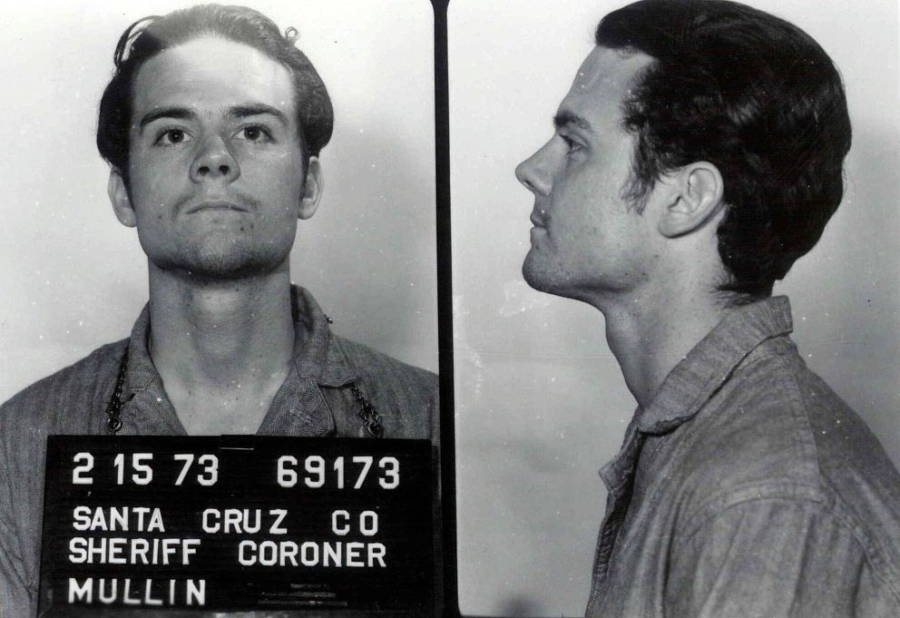
What made the investigation into these murders so chaotic was the fact that there was that Herbert Mullin was murdering people at the same time. Mullin was another paranoid schizophrenic, who exacerbated his condition through severe drug usage. He believed that an apocalyptic earthquake was coming, and the only way to prevent it was through human sacrifice. Between 1972 and 1973, Mullin murdered 13 people, including a priest, four teenage boys, a homeless man, and an entire family. He was caught in February 1973, a few months before Kemper. Because of these murders, reporters dubbed Santa Cruz “the murder capital of the world” for a brief period.
Funnily, Kemper, and Mullin had many interactions. After their capture, they shared adjoining cells for a period fo time. Kemper fondly described, “Well, [Mullin] had a habit of singing and bothering people when somebody tried to watch TV. So I threw water on him to shut him up. Then, when he was a good boy, I’d give him some peanuts. Herbie liked peanuts. That was effective because pretty soon, he asked permission to sing. That’s called behavior modification treatment.”
9. The most brutal murder was his mother
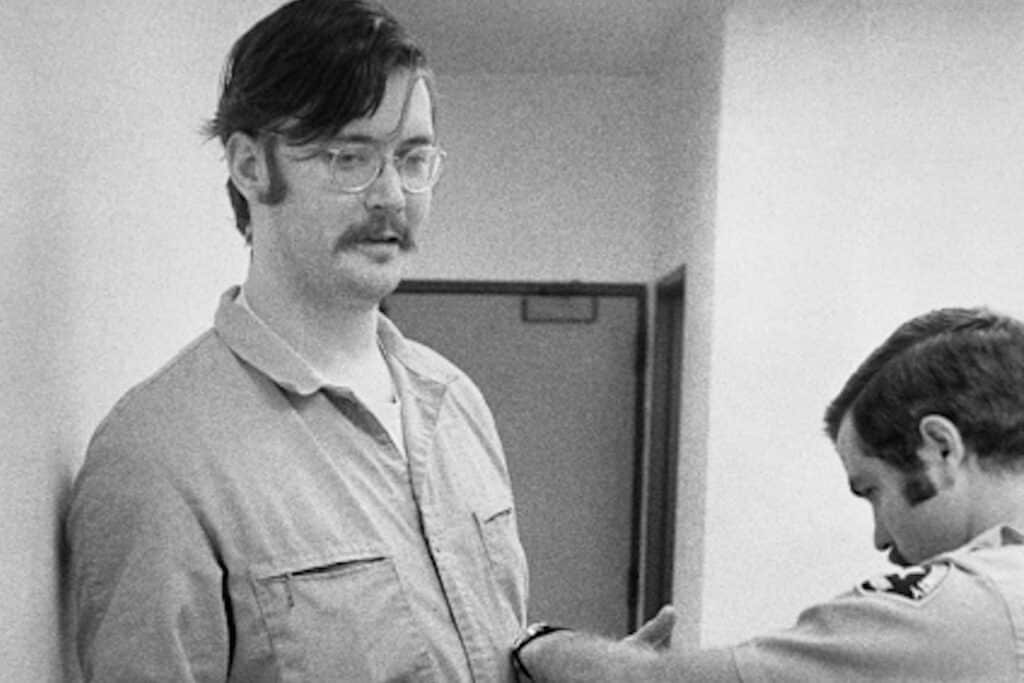
Kemper couldn’t contain the hatred for his mother that fueled his murders for much longer. In April 1973, he bludgeoned her with a hammer and slit her throat when she returned from a night of drinking. After decapitating her and having oral sex with her head, he mounted it on the wall and spent hours screaming it while throwing darts. In a symbolic gesture, he removed her vocal cords and ran them through the garbage disposal. Later, he phoned his mother’s best friend to come over and strangled her to death as well.
10. He confessed to everything on his own
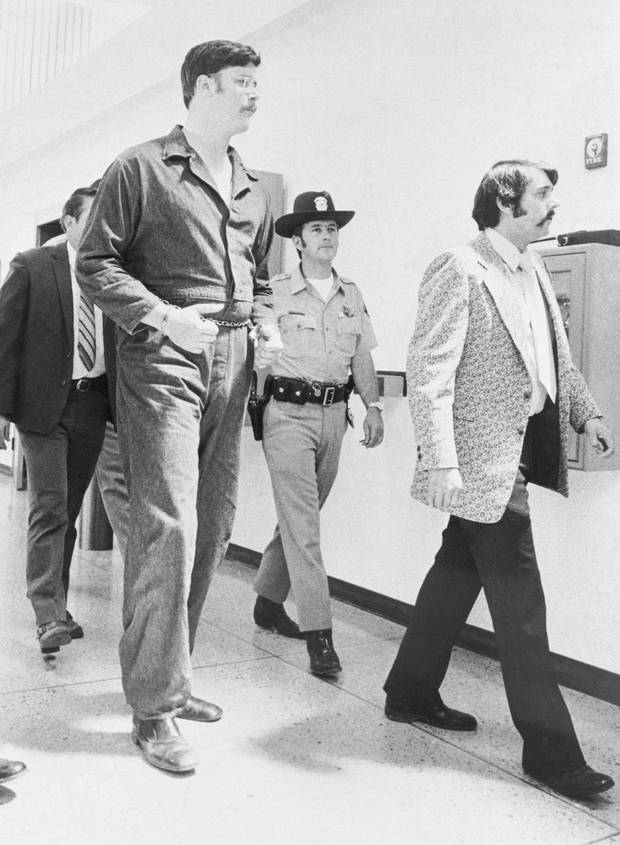
Realizing this wasn’t one he could cover up, Kemper fled to Colorado after murdering his mother and her friend. Deciding prison was better than a life on the run; he decided to call the Santa Cruz police to confess.
The police thought it was a joke. Kemper frequented the main cop bar in Santa Cruz and was friends with quite a few of them. Nicknamed “Big Ed,” he was also able to get them to reveal quite a bit about their investigation. If not for murdering his mother, Kemper would have likely continued killing for years to come.
After briefly believing it to be a prank from a pal, the police finally looked into his record and confirmed the murders.
11. A strange execution request
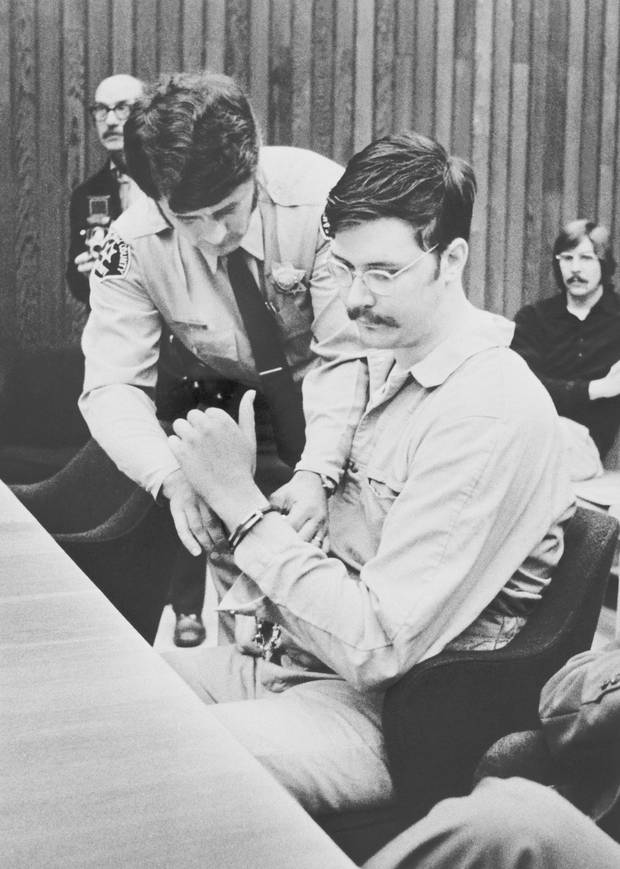
Police picked Kemper up in Colorado and returned him to California to await trial. Before trial, Kemper unsuccessfully attempted suicide twice before his trial began in October 1973. Within three weeks, the jury found him guilty of eight murders and sentenced him to 56 years to life in prison. Kemper, on the other hand, wanted the state to execute him for his crimes. Specifically, he requested that they torture him to death. Much like Manson, Kemper escaped the death penalty due to the Supreme Court temporarily outlawing capital punishment.
12. Kemper recorded audiobooks in prison
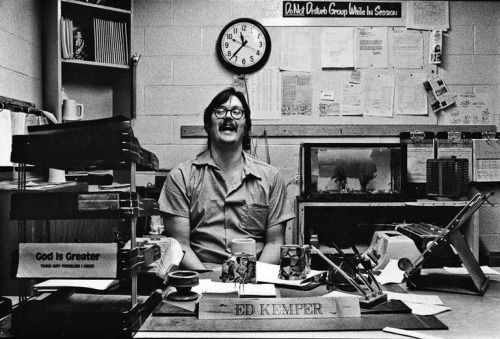
Kemper recorded audiobooks while incarcerated through a prison program for the blind. He recorded thousands of books, many of which you can still find. At one point, he was the head of the program, directing a team of several inmates at Vacaville Prison in California. Kemper’s recorded books included The Rosary Murders, Merlin’s Mirror, The Glass Key, and Flowers in the Attic.
Who knows, maybe you’ve even listened to one without even knowing?
13. He terrified many of the people who interviewed him
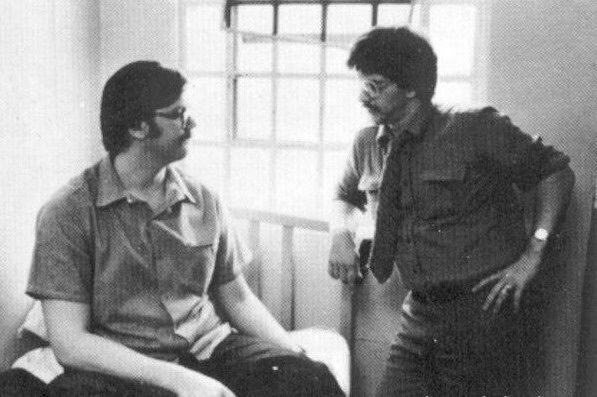
There’s a scene in the first season of Mindhunter, where FBI agent Holden Ford visits Ed Kemper to experience a panic attack after he intimidates him. It turns out there’s a lot of truth to that scene. Donald Lunde, a psychiatrist from Stanford, interviewed him in prison. While locked in a room with only Kemper and a panic button, Kemper commented, “Has it ever dawned on you that I’m a foot taller and weight damn near twice what you do?” Lunde hit the panic button, only for guards to come seven minutes later.
A similar event happened to FBI Agent Robert K. Ressler. Kemper told him that he could rip his head off before guards even got there. Ressler hit the panic button, only for guards to arrive a half an hour later.
14. He’s alive and well
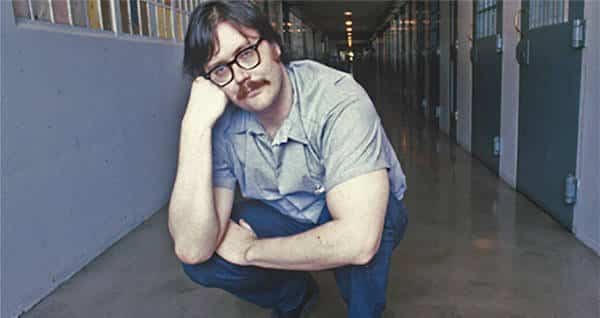
Kemper went up for parole in 2007, 2012, and 2017. In 2017, he argued against release, saying that a convicted serial killer shouldn’t be allowed back into society. In 2012, he waved his right even to have a hearing. According to his lawyer, he is happy with his life in prison.
- Tulip Mania – The Story of One of History’s Worst Financial Bubbles - May 15, 2022
- The True Story of Rapunzel - February 22, 2022
- The Blue Fugates: A Kentucky Family Born with Blue Skin - August 17, 2021
